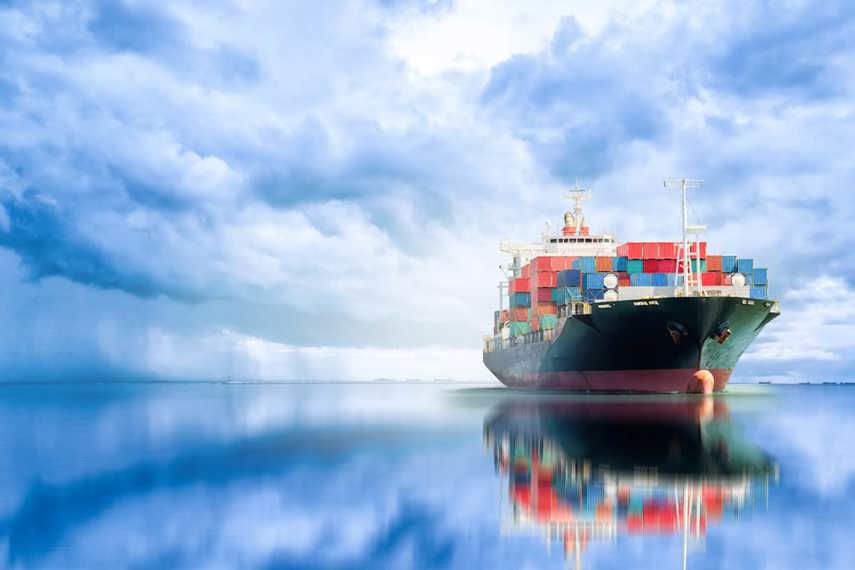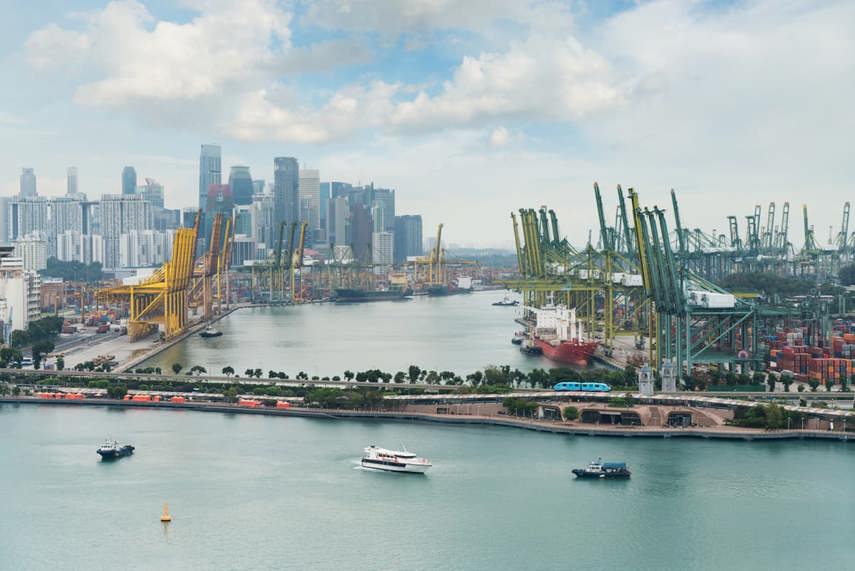
Global sourcing is a viable option for securing materials, components, products or even services for your business. Looking outside of your domestic market can yield a variety of benefits not available through local sourcing avenues.
Usually with global sourcing it’s easy to think about manufactured products being produced overseas and transported back to the domestic business. However, global sourcing also entails outsourcing services.
Why source globally?
Most consumers imagine that retailers primarily choose to source overseas to reduce per unit costs. This is true for a wide range of retailers - margins vary, but goods produced in a lower production cost market can cost a fraction of what it would cost to produce at home.
On the other hand, some imported goods are more expensive, either because they're produced in a high cost country or because import regulations and tariffs drive up the price.
What many commentators don't appreciate is that businesses also import to improve product quality or consistency. This is particularly the case for businesses that operate in several countries - it often makes sense to carry out inventory manufacturing in a single country if possible.

Key considerations of global sourcing
There are many things to consider when seeking out global sourcing options. Indeed, there are many benefits, but there are also a few risks and barriers involved in the process. With the right information, many of the risks can be mitigated.
Consider the time
Time differences can pose an interesting issue.
With suppliers spread all over the world, it is likely that they will be operating during times when your business is closed or even when you are asleep! Waiting on answers through email can become an issue if you are working on tight deadlines.
Some buyers put one of their employees in the supplier’s country.
This is because time differences can put a burden on supplier and buyer relationships. Messages can be delivered faster and decisions can be made if the buyer’s employee is on the ground. This can enhance communications and relationships when sourcing globally.
Consider the distance
Even though it is unrealistic for you to be there frequently, it is important to travel to the supplier’s country at important stages in production.
Sourcing globally is a viable option for many reasons, however, being too far away from your supplier can make things difficult.
When you source overseas, it helps to take into account plane rides and the cost of getting there. If it is easy to catch a few plane rides that are reasonably priced, you will be more inclined to go and check on the facility more often.
Consider communication
Another difference can be the language of the buyer’s company and the language of the supplier.
Since the market is competitive across a number of countries, your chosen supplier might not speak your language fluently. Having a translator is one option to help with very specific and technical communications. Putting important communication in writing is fundamental.
This allows suppliers to refer back to the document and translate the writing if necessary. Keeping written communications in a template format is a good way to standardise communication.
For example, key messages, requests, and deliverables can always be located on the same part of the template so suppliers know where to look.
Consider delays
Delays in production schedules occur with both domestic and global suppliers.
However, when delays occur with an overseas supplier, it can have a huge impact on delivery and the overall ordering cost of a shipment. If you have a time sensitive deadline that needs to be met, shipping by ocean will not work after a supplier delay. When a buyer budgets for an ordering cost, they include the cost of production and shipping.
Consequently, if you need the shipment urgently, you’ll need to pay for air shipping. This is significantly more expensive and as a result, it can push the overall ordering cost up and over budget.
Being prepared for differences and taking into considerations the changes involved in sourcing globally will keep you prepared for the experience.

5 common risks of global sourcing
There also are risks involved, we have identified five major risks and some ways to mitigate them.
1. Time differences
Having a supplier on the other side of the world often means that they are sleeping while you are working and vice versa. Often you can lose precious time waiting for answers to questions.
A solution to this is to have someone in the country of sourcing – even if it is an agency, an in-country representative or employee who can anticipate questions and ensure that communications with your suppliers include all of the necessary details from the beginning.
2. Language barriers
It could be that suppliers are not fluent in your language, and then suppliers may not be comfortable asking for clarification on multiple times.
To avoid misunderstandings, have in place follow up discussions with written confirmation of what was agreed. A good idea for some communications is to use templates so information is always presented in a consistent way and one that is easy to understand.
Also having important documents professionally translated and then sending the translated and the original document for cross reference can be a huge headache saver later.
3. Quality
Quality expectations when relying on overseas suppliers is important to note. Generally, you will not know of any quality problems until orders have arrived.
To prevent this, one way is to conduct quality inspections before the products leave the country of origin or to train suppliers in how to comply with your quality standards.
One way to do this is to create a quality control methodology and let the suppliers know how to use this, and holding them accountable for following this.
4. Production
Production scheduling is vital for any business.
When an order is late, you may need to pay a penalty to your customer by shipping by air to expedite freight. Understanding lead times not only for finished products but for components of raw materials is critical to help you anticipate and avoid costly delays.
To mitigate this, identify alternatives like paying for overtime and working with back up suppliers to alleviate bottlenecks.
5. Logistics
Many things can and do go wrong between the time an order leaves a factory and the time it arrives at its destination. Ensure your supplier has a contingency plan in case of loss, delay or damages that each party is held accountable.
Having a sound logistics partner that offers numerous service options can be helpful. One way to do this is by earning security certifications from custom authorities at the origin and destination to help reduce the likelihood of time consuming shipment inspections.
The key to global sourcing success lies in you doing your homework in advance. Know what pricing you need and the quality, product specifications, and timeline that will fit with your overall strategy.
By identifying these common risks aforementioned you can help alleviate any problems that will arise when outsourcing from overseas suppliers.
How can importers make global sourcing a success?
Businesses that choose to work with overseas suppliers should factor in longer lead times.
If you operate a lean supply chain, substantial planning is required to make sure you can rely on suppliers to consistently deliver at the last minute.
If you're relatively new to international sourcing, it can help to have a trusted person on the ground in your chosen import market. This person can carry out quality control, resolve urgent queries and maintain the relationship with your supplier.
In addition to a local agent, you should also use an escrow agent to minimise the risk of the supplier taking the money without delivering your inventory.
Successfully sourcing from overseas typically also means carrying out some inventory manufacturing at home. On some types of inventory local suppliers may be able to compete on price and lead times, so it's worth getting a quote locally from time to time.
